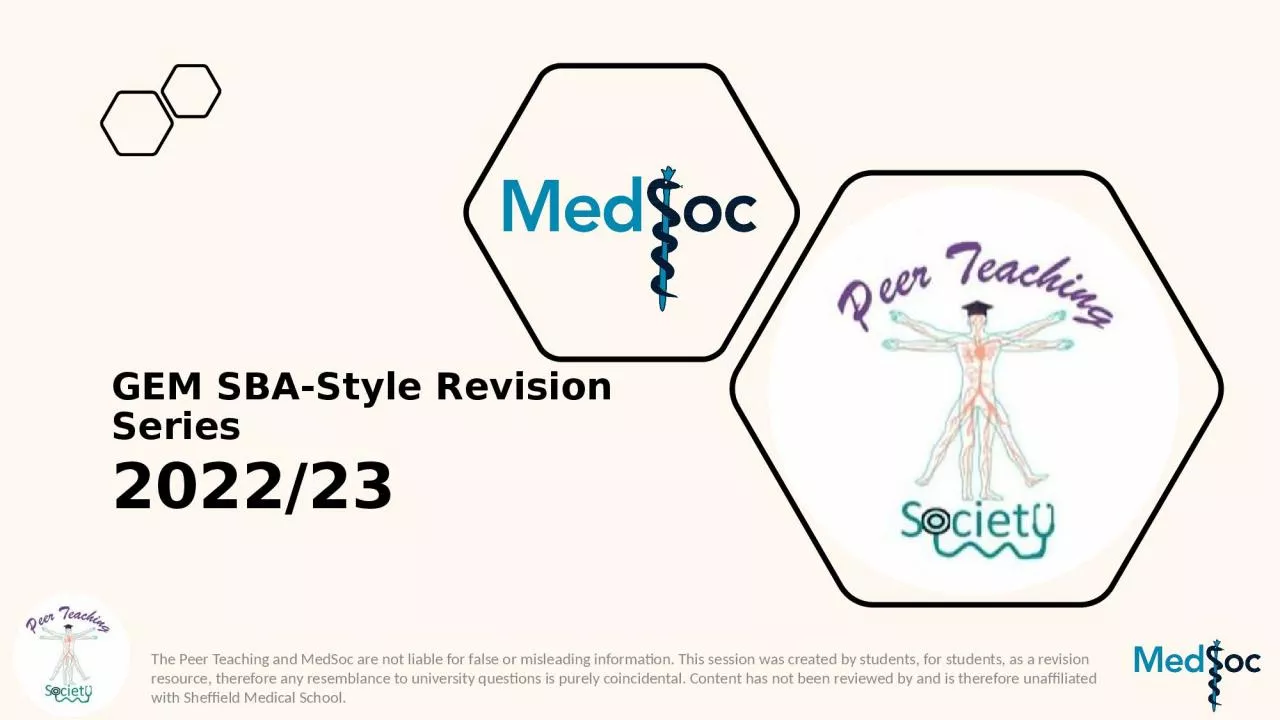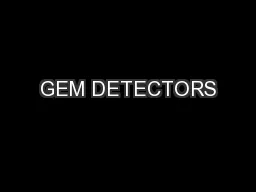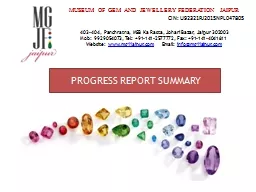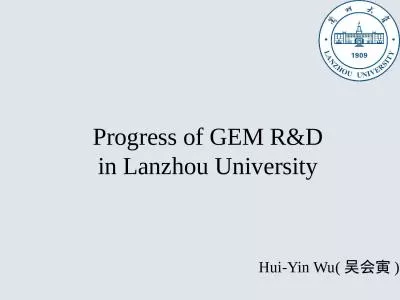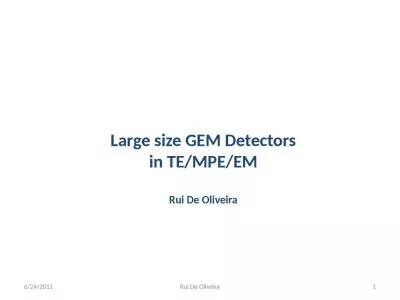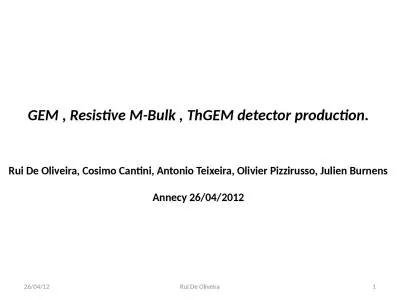PPT-GEM SBA-Style Revision Series
Author : hailey | Published Date : 2024-02-09
202223 The Peer Teaching and MedSoc are not liable for false or misleading information This session was created by students for students as a revision resource therefore
Presentation Embed Code
Download Presentation
Download Presentation The PPT/PDF document "GEM SBA-Style Revision Series" is the property of its rightful owner. Permission is granted to download and print the materials on this website for personal, non-commercial use only, and to display it on your personal computer provided you do not modify the materials and that you retain all copyright notices contained in the materials. By downloading content from our website, you accept the terms of this agreement.
GEM SBA-Style Revision Series: Transcript
Download Rules Of Document
"GEM SBA-Style Revision Series"The content belongs to its owner. You may download and print it for personal use, without modification, and keep all copyright notices. By downloading, you agree to these terms.
Related Documents

